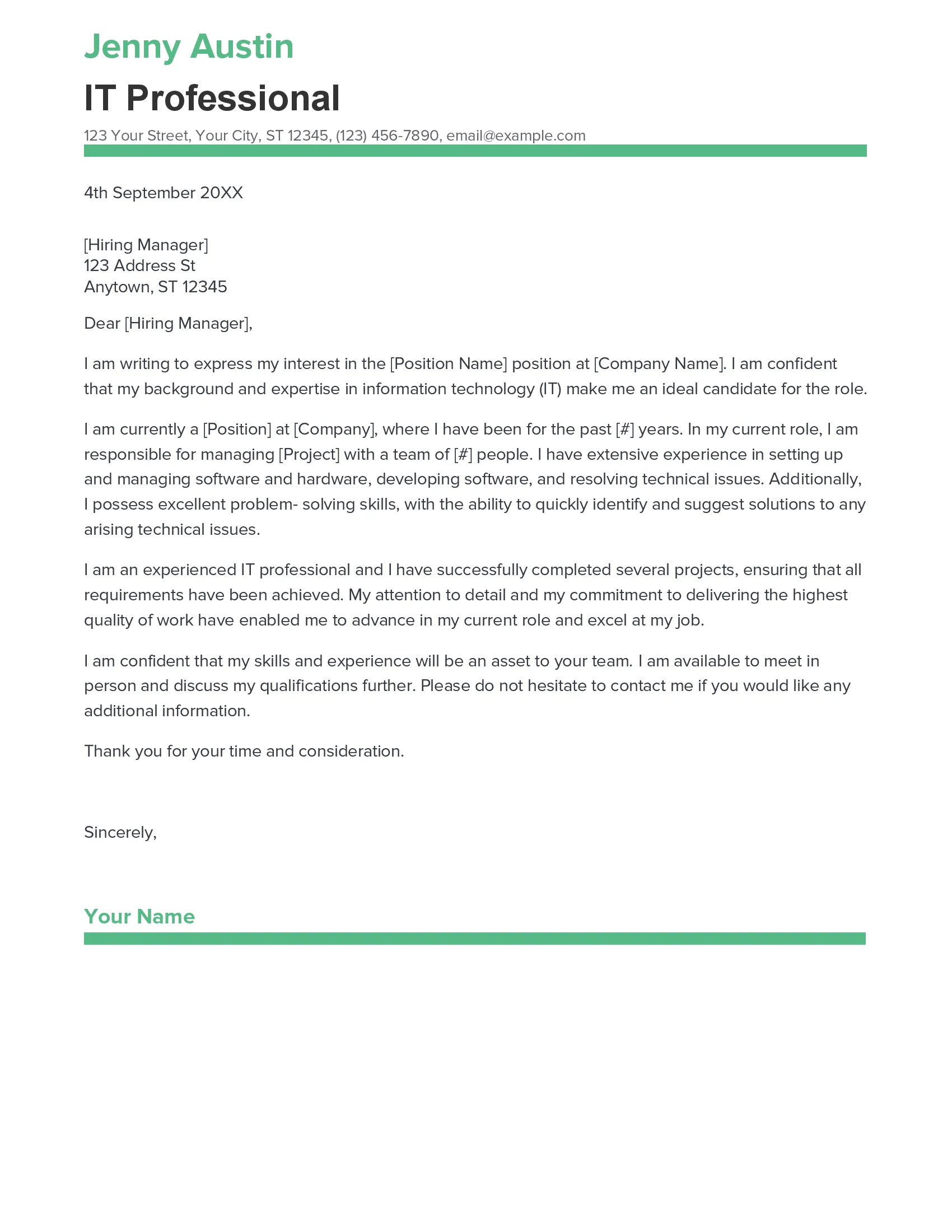What is a Cover Letter?
A cover letter is a crucial document that accompanies your resume when applying for a job. It serves as a personalized introduction, allowing you to elaborate on your qualifications, skills, and experiences in a way that a resume alone cannot. Unlike a resume, which provides a concise overview of your professional history, a cover letter gives you the opportunity to showcase your personality, express your enthusiasm for the position, and demonstrate how your specific skills align with the job requirements. It is your first chance to make a positive impression on a potential employer and increase your chances of getting an interview. Writing a compelling cover letter can significantly impact your job application process and make you stand out from other applicants.
Purpose of a Cover Letter
The primary purpose of a cover letter is to introduce you to a potential employer and persuade them to read your resume. It provides context and depth to your qualifications, allowing you to explain how your skills and experiences directly relate to the specific job you’re applying for. A well-crafted cover letter highlights your enthusiasm for the position and the company, demonstrating your understanding of their needs and how you can contribute to their success. It’s also an opportunity to personalize your application, showcasing your unique value proposition and explaining any gaps or special circumstances in your work history. Ultimately, the goal of the cover letter is to secure an interview, making it an essential tool in your job search arsenal. A strong cover letter significantly increases your chances of being noticed by hiring managers and getting your foot in the door.
Cover Letter vs Resume
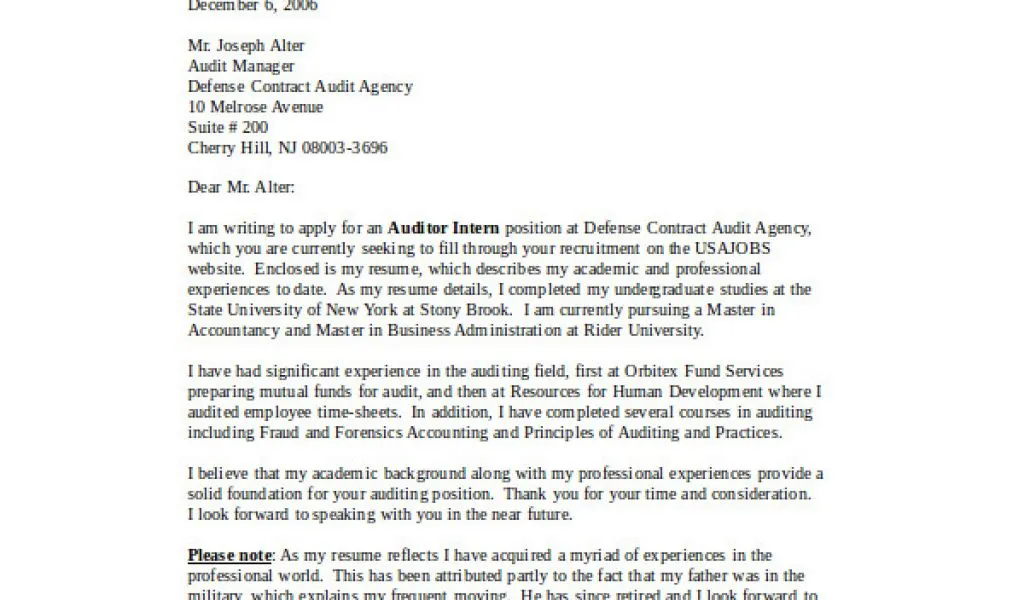
While both cover letters and resumes are essential components of a job application, they serve different purposes. A resume is a formal, concise summary of your work experience, education, skills, and accomplishments. Its primary function is to provide a quick overview of your qualifications. Resumes are typically structured chronologically or functionally, making it easy for employers to scan your credentials. Conversely, a cover letter is a more personalized and narrative document. It allows you to elaborate on specific experiences, explain your career goals, and highlight how your skills align with the job requirements. A cover letter gives you the space to express your personality and enthusiasm, which is something a resume often lacks. The resume presents the facts, while the cover letter tells the story of your professional journey, making the two documents complementary to each other.
Key Components of a Cover Letter
A well-structured cover letter consists of several key components that work together to make a strong impression. These components include contact information, a professional greeting, an engaging introduction, the body paragraphs highlighting your skills and experience, a compelling call to action, and a professional closing. Each section plays a crucial role in effectively communicating your qualifications and demonstrating your interest in the position. By understanding these components and crafting each section thoughtfully, you can create a cover letter that stands out from the competition and grabs the attention of the hiring manager. The goal is to present a clear, concise, and compelling case for why you are the best candidate for the job. Let’s examine these elements in more detail.
Contact Information
At the top of your cover letter, include your contact information. This typically includes your full name, phone number, email address, and optionally, your LinkedIn profile URL or personal website. Ensure that your contact information is accurate and up-to-date. Use a professional email address (e.g., yourname@email.com) rather than a casual or outdated one. This information should be easy to find and read, making it simple for the employer to reach you. Consistency across your resume and cover letter is essential, so make sure the contact details match. This section is a standard part of your professional correspondence and ensures that the hiring manager can easily get in touch with you if they want to move forward with your application.
Greeting
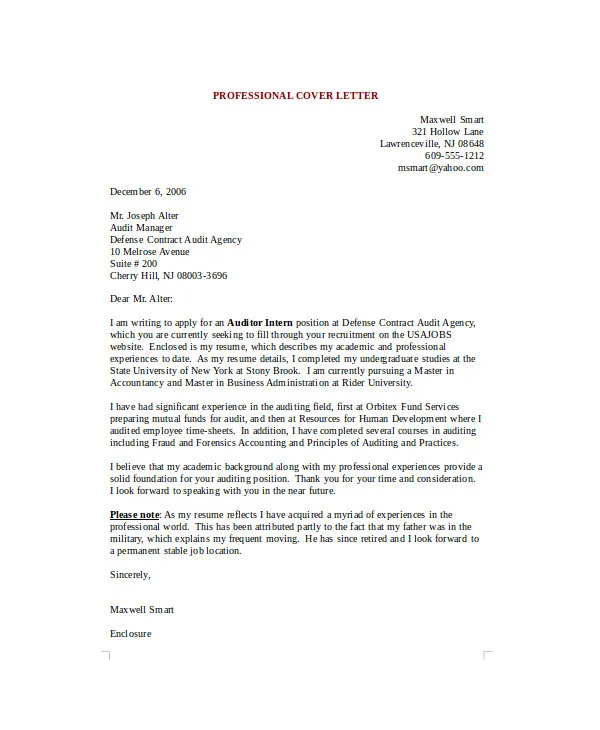
Start your cover letter with a professional greeting. Whenever possible, address the hiring manager by name. Research the company and look for the name of the hiring manager or the specific person who will be reviewing applications. If you can’t find a name, use a professional salutation like “Dear Hiring Manager” or “Dear [Department Name] Team”. Avoid generic greetings like “To Whom It May Concern,” which can come across as impersonal. Personalizing your greeting demonstrates that you have taken the time to research the company and the position, showing your genuine interest. This small detail can make a significant difference in setting a positive tone for your letter and capturing the reader’s attention from the start.
Body Paragraphs
The body paragraphs are the heart of your cover letter. They should include an introductory paragraph, multiple paragraphs that highlight your skills and experiences relevant to the job, and a call to action. In the introduction, state the position you are applying for and briefly mention where you found the job posting. Highlight your key qualifications and express your enthusiasm for the role. The subsequent paragraphs should provide specific examples from your previous experiences that demonstrate your skills and achievements. Use the job description as your guide, focusing on the skills and experiences the employer is seeking. Support your claims with quantifiable achievements whenever possible, such as numbers or percentages that show the impact of your work. Conclude with a call to action, restating your interest and requesting an interview.
Highlighting Relevant Skills and Experience
When highlighting your skills and experience, focus on the aspects most relevant to the job you are applying for. Carefully review the job description and identify the key skills and qualifications the employer is looking for. Then, in your cover letter, provide specific examples from your professional history where you have demonstrated those skills. Use the STAR method (Situation, Task, Action, Result) to provide detailed accounts of your experiences. Describe the situation, the task you were assigned, the actions you took, and the results you achieved. This method gives the hiring manager a clear picture of your capabilities and how you have successfully handled similar situations in the past. Tailor your examples to match the specific requirements of the job to demonstrate that you are a strong fit for the role.
Tailoring Your Cover Letter
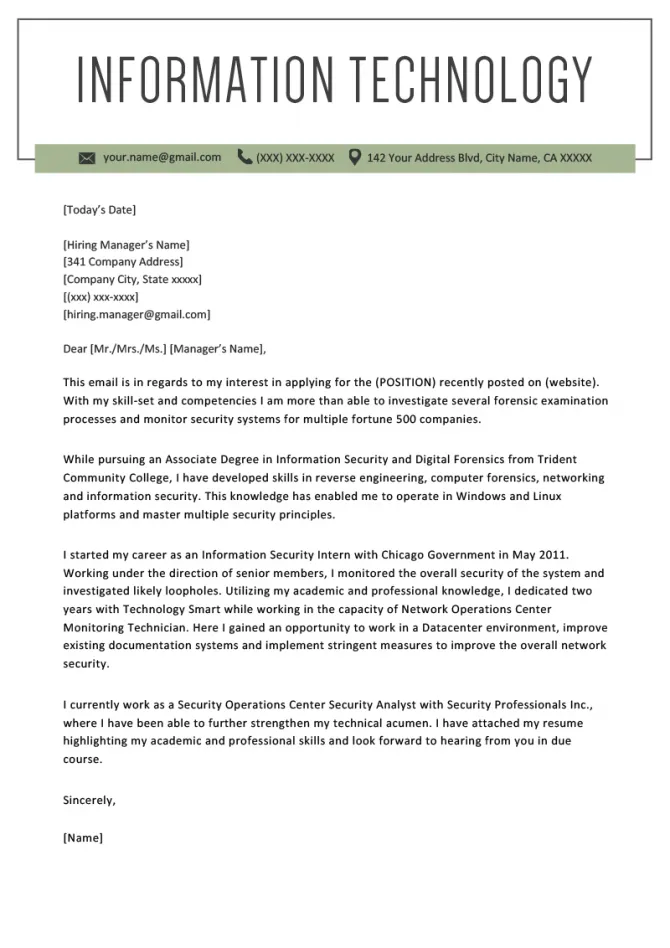
Customizing your cover letter for each job application is crucial. Avoid using a generic template; instead, take the time to tailor your letter to the specific job and company. Research the company’s mission, values, and recent projects to show that you understand their work and are genuinely interested in contributing to their goals. The job description should be your primary guide. Analyze the key requirements and responsibilities listed and structure your cover letter to address each one. Highlight the skills and experiences that align with those requirements, and provide specific examples that demonstrate your ability to succeed in the role. Customization shows initiative, attention to detail, and a genuine desire to work for that particular company. A personalized cover letter significantly increases the chances of making a positive impression on the hiring manager.
Showcasing Achievements and Results
Instead of simply listing your responsibilities, use your cover letter to showcase your achievements and the results you’ve delivered in previous roles. Quantify your accomplishments whenever possible. Use numbers, percentages, and specific data to demonstrate the impact of your work. For example, instead of saying “Managed social media campaigns,” say “Increased social media engagement by 30% in six months.” This approach provides concrete evidence of your abilities and helps the hiring manager understand the value you can bring to their organization. By focusing on your accomplishments and quantifying your results, you make a stronger case for your qualifications and set yourself apart from other applicants. Highlighting your achievements demonstrates your capabilities and provides tangible evidence of your potential to contribute to the success of the company.
Call to Action and Closing
The final paragraph of your cover letter should include a strong call to action. Reiterate your interest in the position and express your enthusiasm for the opportunity to contribute to the company. Thank the hiring manager for their time and consideration. Clearly state your desire for an interview and provide information on how they can contact you, such as your phone number or email address. A well-crafted call to action encourages the hiring manager to take the next step in the hiring process. Keep it concise and professional, and end with a polite closing such as “Sincerely” or “Best regards,” followed by your full name. A strong closing leaves the hiring manager with a positive impression and increases your chances of receiving a call for an interview.
Cover Letter Formatting and Design
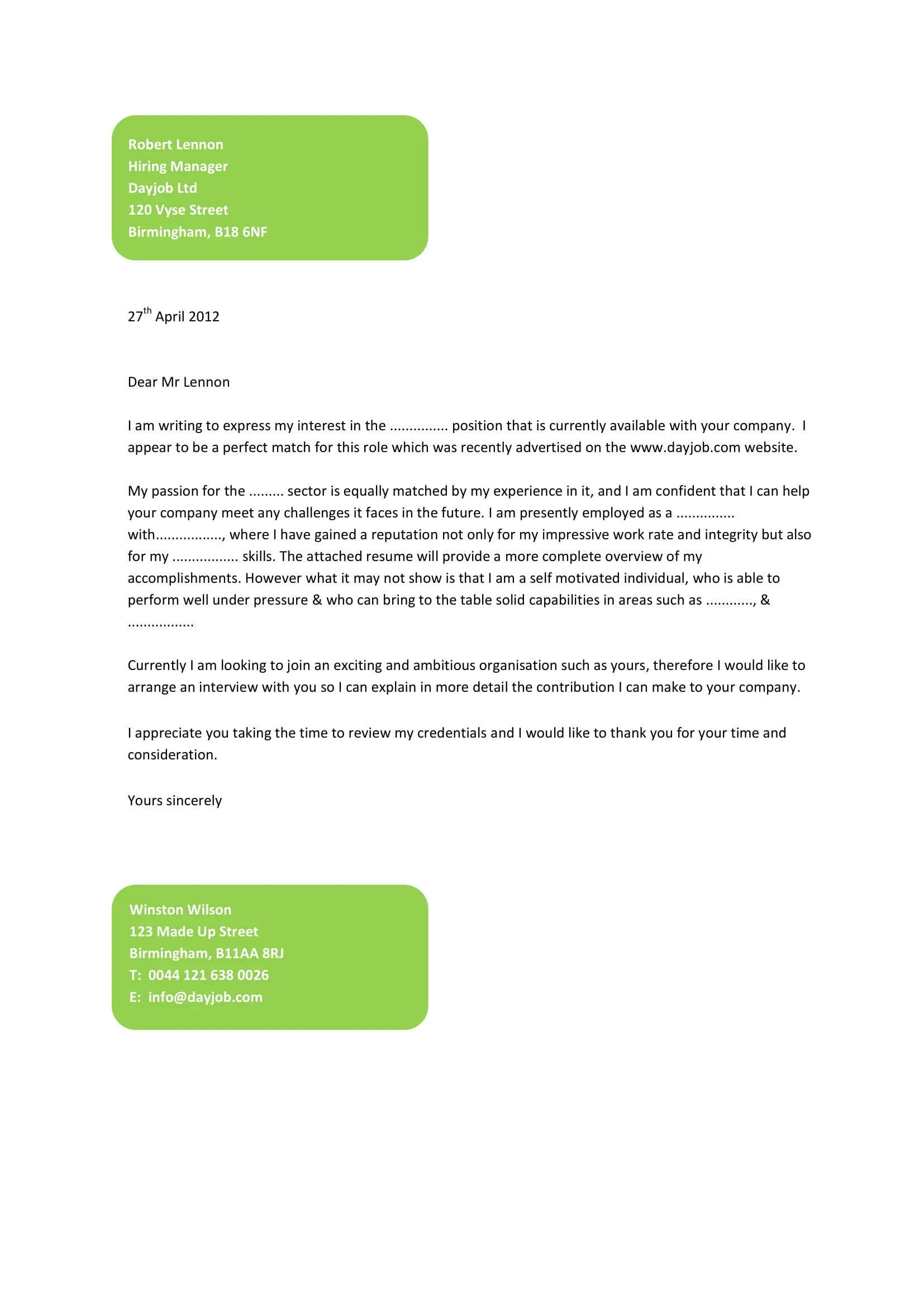
The format and design of your cover letter are just as important as its content. A well-formatted cover letter is easy to read, visually appealing, and professional. Proper formatting helps the hiring manager quickly grasp the key information and makes your letter stand out for the right reasons. Poor formatting, on the other hand, can create a negative impression and detract from your qualifications. Focus on creating a clean, uncluttered layout with appropriate spacing, margins, and fonts. Consider the overall visual appeal of your document and aim for a balanced and organized presentation. The goal is to make the letter as easy as possible for the hiring manager to read and understand, ensuring that your qualifications are presented in the best possible light.
Font and Style
Choose a professional and readable font for your cover letter. Common fonts like Times New Roman, Arial, Calibri, and Helvetica are generally safe choices. Ensure that the font size is between 10 and 12 points for easy readability. Avoid using overly decorative or unusual fonts, as they can distract from the content. Use bolding, italics, and underlining sparingly, mainly for emphasis and to draw attention to key information. Maintain consistent formatting throughout the document to create a polished look. The goal is to make the letter easy to read and visually appealing without being distracting. This attention to detail reflects professionalism and shows that you take your application seriously. Choosing an appropriate font and style adds to the overall professional presentation of your cover letter.
Layout and Structure
A well-structured layout enhances the readability of your cover letter. Use clear and concise paragraphs with ample spacing between them. Keep paragraphs relatively short to avoid overwhelming the reader. Maintain consistent margins (typically one inch on all sides) to give the document a clean look. Use headings and bullet points to break up the text and highlight key information, making it easier for the hiring manager to scan the letter. Align the text to the left or use justified alignment for a professional appearance. Ensure that the layout is balanced and visually appealing. A well-organized layout will make your cover letter more accessible and help you effectively communicate your qualifications. A good layout can significantly improve your chances of the hiring manager reading your cover letter thoroughly.
Proofreading and Editing
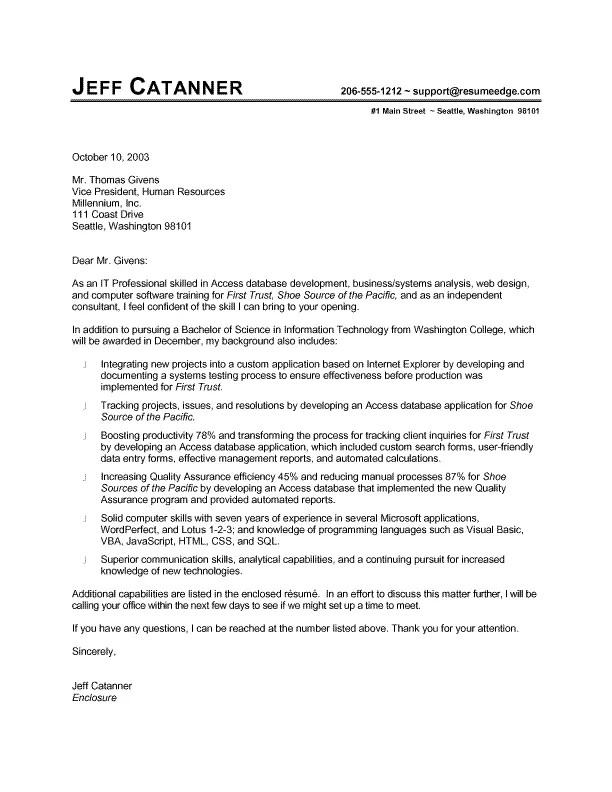
Proofreading and editing your cover letter are critical steps in the writing process. Before submitting your cover letter, carefully check for any grammatical errors, spelling mistakes, and typos. Read the letter aloud to catch any awkward phrasing or sentence structure issues. Consider asking a friend, family member, or career advisor to review your letter for clarity and accuracy. Small errors can create a negative impression and potentially undermine your credibility. Ensure that your letter is free of mistakes and that the content is clear, concise, and error-free. Proofreading demonstrates your attention to detail and your commitment to submitting a professional application. Taking the time to proofread your cover letter increases your chances of making a positive impression on the hiring manager.
Common Cover Letter Mistakes
Avoiding common cover letter mistakes is crucial for making a strong impression on potential employers. Many errors can immediately disqualify a candidate, so it’s essential to be aware of these pitfalls and take steps to avoid them. Common mistakes include grammatical and spelling errors, using generic content that doesn’t tailor to the job, and neglecting to address specific requirements from the job description. By recognizing these mistakes and taking proactive steps to correct them, you significantly increase your chances of creating a compelling cover letter that captures the hiring manager’s attention and secures an interview.
Grammar and Spelling Errors
Grammatical and spelling errors are some of the most common mistakes that can damage the credibility of your cover letter. Mistakes of this nature can make it seem you are not detail-oriented or that you lack professionalism. Before submitting your cover letter, carefully proofread every sentence to identify and correct any errors. Use a spell checker, but remember that it won’t catch all errors, so always read your letter manually. Ask a friend, family member, or career advisor to review your cover letter for accuracy. A polished and error-free letter demonstrates your attention to detail and commitment to submitting a high-quality application. Proofreading is a critical step to ensure that your cover letter reflects your best professional self.
Generic Content
Avoid using generic, one-size-fits-all content in your cover letter. Hiring managers can quickly identify generic letters, which often fail to capture their attention. Always tailor your cover letter to the specific job and company. Research the company’s mission, values, and recent projects to show you understand their work and are interested in contributing to their goals. The job description should be your primary guide. Analyze the key requirements and responsibilities listed and structure your cover letter to address each one. Highlight the skills and experiences that align with those requirements and provide specific examples that demonstrate your ability to succeed in the role. A personalized cover letter shows initiative, attention to detail, and genuine interest in the position. It significantly increases your chances of making a positive impression on the hiring manager.
Ignoring the Job Description
Failing to address the requirements listed in the job description is a significant mistake. Your cover letter should directly address the key skills, experiences, and qualifications that the employer is seeking. Carefully review the job description and identify the essential requirements. Use your cover letter to highlight how your skills and experiences align with those requirements. Provide specific examples that demonstrate your ability to meet the needs of the role. Ignoring the job description shows a lack of attention to detail and a lack of interest in the position. Tailoring your cover letter to the job description demonstrates that you understand the role and are a strong fit for the position. It increases the chances of making a positive impression and securing an interview.
Cover Letter Examples
Reviewing cover letter examples is an excellent way to learn from successful models and gain inspiration for your own writing. Many online resources offer templates and examples for various industries and job levels. These examples can help you understand how to structure your cover letter, highlight your skills, and tailor your content to different roles. When reviewing examples, pay attention to the overall structure, tone, and language used. However, remember that it is important to customize these examples to match your specific qualifications and the job description. Using examples as a guide will help you create a compelling cover letter that effectively showcases your skills and experiences.
Entry-Level Cover Letter
An entry-level cover letter is designed for individuals with limited professional experience. Focus on your education, relevant coursework, internships, volunteer work, and transferable skills. Highlight any projects or experiences where you have demonstrated skills that align with the job requirements. If you lack direct work experience, emphasize your enthusiasm, willingness to learn, and ability to contribute to the company’s goals. Tailor your letter to the specific job and demonstrate your understanding of the company and the industry. Showcase your skills and explain how your experiences, even if limited, have prepared you for the role. An entry-level cover letter should aim to demonstrate your potential and desire to grow within the company.
Experienced Professional Cover Letter
An experienced professional cover letter allows you to highlight your extensive work history, skills, and accomplishments. Provide detailed examples of your past successes and quantifiable results that demonstrate your ability to meet and exceed expectations. Tailor your letter to the job description, focusing on the most relevant skills and experiences. Use action verbs to describe your accomplishments, and quantify your achievements whenever possible. Explain how your skills and experiences align with the job’s requirements and how you can contribute to the company’s success. An experienced professional cover letter should clearly demonstrate your expertise and value to the potential employer, showcasing your ability to handle the responsibilities of the role.
Cover Letter for a Specific Industry
When writing a cover letter for a specific industry, tailor the content to match the norms and expectations of that particular field. Research the industry’s specific requirements and language, and use the correct terminology and jargon. Highlight your relevant experience, skills, and qualifications, focusing on the specific needs of the industry. Show a deep understanding of the industry’s challenges and opportunities, and explain how you can contribute to the company’s success. Customizing your cover letter demonstrates that you are knowledgeable about the industry and passionate about the role. This approach makes a strong impression on the hiring manager and increases your chances of being seen as a qualified candidate.
Tips for Writing a Compelling Cover Letter
Creating a compelling cover letter requires attention to detail, thorough research, and a clear understanding of your qualifications. Here are some additional tips to help you craft a cover letter that stands out from the competition. From researching the company to quantifying your achievements, incorporating these strategies can significantly enhance your cover letter and increase your chances of making a positive impression on the hiring manager.
Research the Company
Before writing your cover letter, conduct thorough research on the company. Visit their website, read their mission statement, and review their recent projects, news, and social media presence. Understanding the company’s values, culture, and goals will help you tailor your letter to their specific needs. Highlight how your skills and experiences align with the company’s values and explain how you can contribute to their success. Showing that you have taken the time to learn about the company will demonstrate your genuine interest in the position and increase the impact of your application.
Use Action Verbs
Use action verbs to describe your accomplishments and responsibilities. Action verbs make your cover letter more dynamic and engaging, and they also demonstrate your skills and abilities more effectively. Examples include “managed,” “developed,” “implemented,” “led,” “achieved,” “created,” and “increased.” Instead of writing, “Responsible for project management,” try “Managed multiple projects, delivering them on time and under budget.” Using action verbs helps you paint a vivid picture of your achievements and highlights your contributions in a clear and concise manner. This approach is effective and helps the hiring manager quickly understand what you have done.
Quantify Your Achievements
Whenever possible, quantify your achievements. Use numbers, percentages, and specific data to demonstrate the impact of your work. For example, instead of writing “Improved customer satisfaction,” write “Improved customer satisfaction by 15% within six months.” Quantifying your achievements provides concrete evidence of your skills and abilities. It helps the hiring manager understand the value you can bring to their organization. Specific data gives a clearer picture of your performance and allows potential employers to quickly assess your capabilities. Quantifying achievements makes your cover letter more compelling and increases your chances of getting an interview.
How to Submit Your Cover Letter
Once you’ve written and perfected your cover letter, carefully follow the submission instructions provided by the employer. If you are applying online, make sure to upload your cover letter in the specified format (e.g., PDF or Word document). If you are submitting your application via email, include both your resume and cover letter as attachments. Always name your files appropriately (e.g., “Your Name_Cover Letter.pdf” and “Your Name_Resume.pdf”) to ensure that the hiring manager can easily identify your documents. Review your application one last time before submitting it to ensure that all the information is accurate and complete. Correct submission ensures that the hiring manager receives your application in the proper format and form, making it easier for them to evaluate your qualifications.
